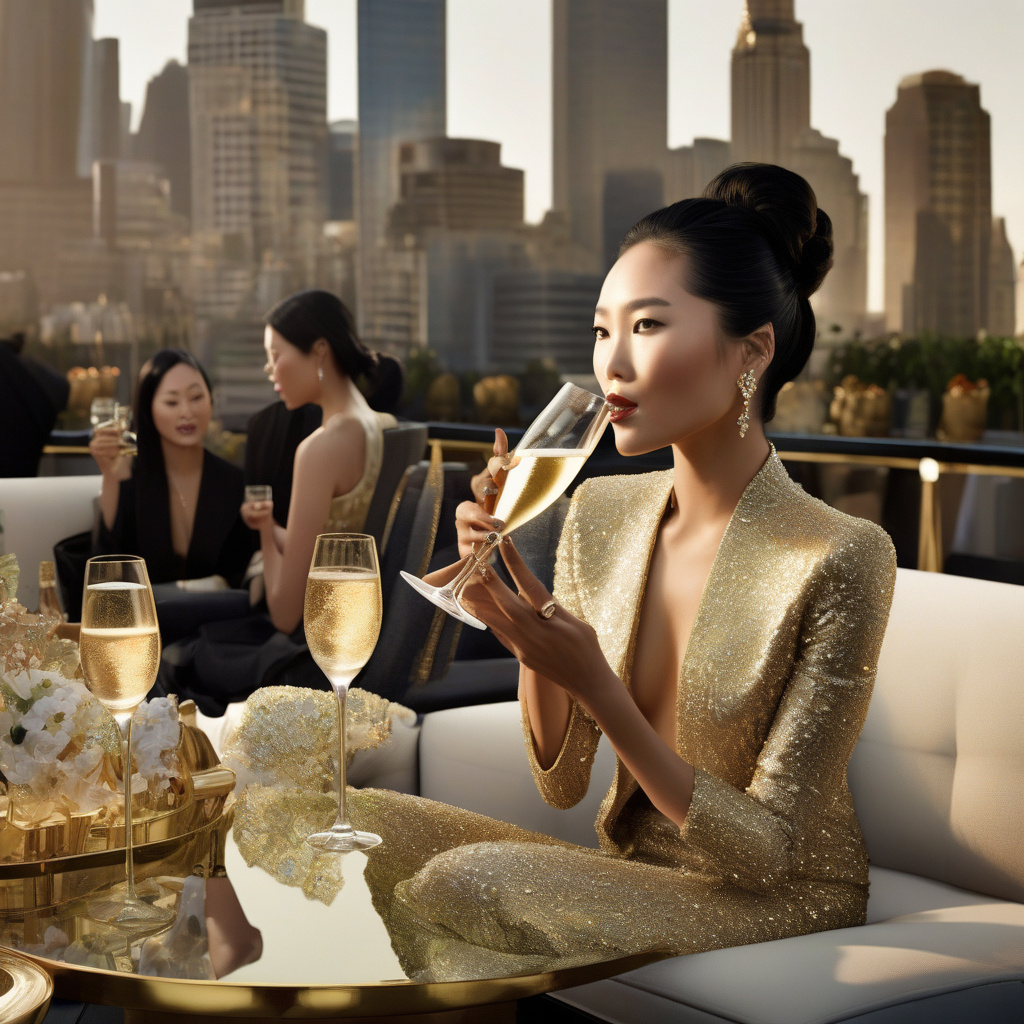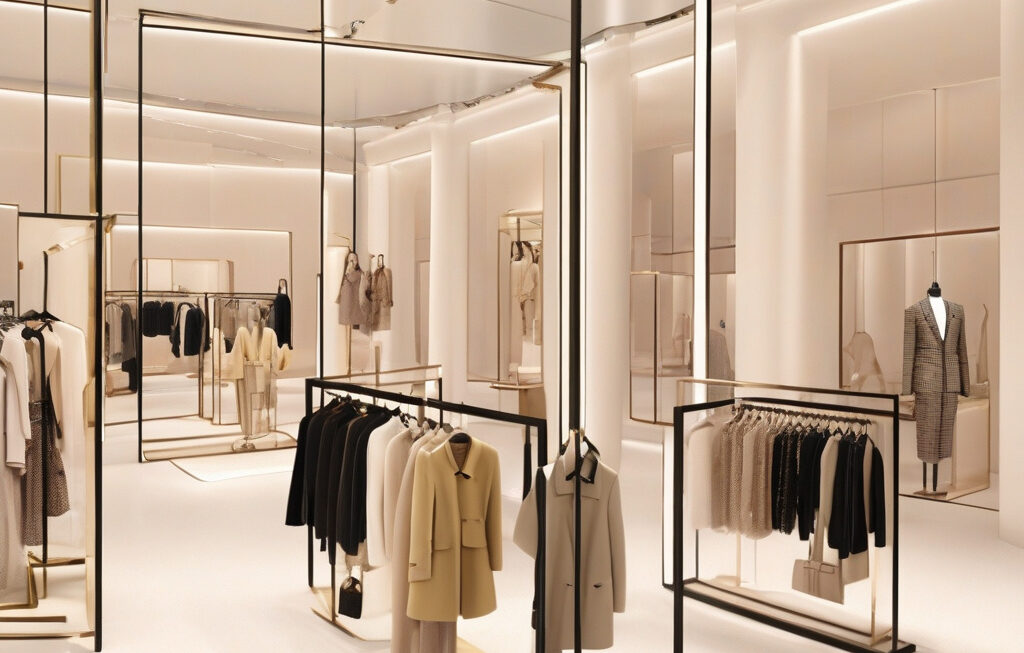Luxury’s New Pecking Order
In the ever-competitive world of luxury fashion, recent moves by top players have once again reshuffled the industry’s pecking order. This week, Dior made headlines by appointing Jonathan Anderson to lead its men’s fashion division. The talented designer, known for his innovative approach and unique aesthetic, is expected to bring a fresh perspective to the iconic fashion house, catering to the evolving tastes of modern consumers.
Simultaneously, Hermès briefly surpassed LVMH in terms of market share, showcasing the brand’s enduring appeal and unwavering commitment to craftsmanship and quality. The French luxury label, famous for its coveted Birkin bags and silk scarves, continues to captivate global audiences with its timeless elegance and understated sophistication.
Amidst these strategic maneuvers, one undeniable trend has emerged – the ultra-wealthy are consolidating their position as the industry’s most influential driving force. With their immense purchasing power and discerning taste, affluent consumers play a pivotal role in shaping the direction of luxury brands, from dictating trends to driving sales.
The rise of the ultra-wealthy as trendsetters is not a new phenomenon. However, in today’s fast-paced and increasingly digital landscape, their impact is more pronounced than ever before. Social media platforms like Instagram and TikTok have provided a global stage for the elite to showcase their lavish lifestyles, influencing a wider audience and setting aspirational standards for luxury consumption.
Moreover, luxury brands are keenly aware of the importance of catering to this exclusive demographic. From personalized shopping experiences to limited-edition collections and bespoke services, top-tier labels are constantly innovating to capture the attention and loyalty of high-net-worth individuals.
For instance, luxury houses like Gucci and Louis Vuitton have embraced collaborations with streetwear brands and contemporary artists to appeal to a younger, more diverse clientele. By bridging the gap between tradition and modernity, these collaborations not only attract new customers but also elevate the brands’ cultural relevance and desirability.
In a similar vein, the concept of sustainability has gained traction among luxury consumers, prompting brands to adopt eco-friendly practices and transparent supply chains. From recycled materials to ethical sourcing, sustainability is no longer a niche trend but a fundamental value that resonates with socially conscious buyers, including the ultra-wealthy.
As luxury’s new pecking order takes shape, one thing is clear – adaptability is key to staying ahead in an industry that thrives on innovation and exclusivity. By embracing change, fostering creativity, and prioritizing the evolving needs of consumers, luxury brands can secure their position at the top of the hierarchy, catering to the demands of the ultra-wealthy while shaping the future of fashion and luxury.
#LuxuryFashion, #UltraWealthy, #InnovationInLuxury, #SustainabilityInLuxury, #FashionIndustryLeaders












